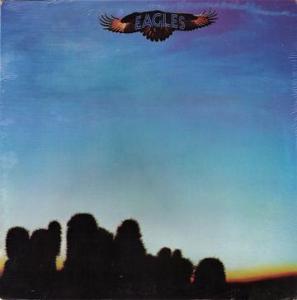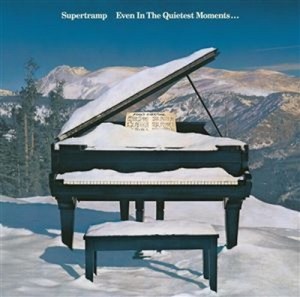More Eagles
More Country and Country Rock
- The Eagles’ debut album returns site for only the second time in fifteen months, here with solid Double Plus (A++) grades or BETTER on both sides of this early Asylum pressing
- You will be floored by the huge, rich, Tubey Magical guitars exploding out from your speakers on “Take It Easy” on this Nearly Triple Plus (A++ to A+++) side one – it’s just shy of our Shootout Winner and will make a fantastic Demo Disc to blow your audiophile friends’ minds
- These early pressings are extremely hard to find in audiophile playing condition, and one that sounds as good as this one does might take you years to track down
- This is exactly the kind of record that makes virtually any audiophile pressing pale in comparison – just about everything you could ask for as an audiophile is here, and more
- One of the best sounding rock records ever made, a member of our Top Ten and without a doubt Glyn Johns‘s engineering (and producing) masterpiece
- A Top 100 Tubey Magical Demo Disc that is guaranteed to blow your mind on a pressing that sounds as good as this one does
Vintage covers for this album are hard to find in clean shape. Most of them will have at least some amount of ringwear, seam wear and edge wear. We guarantee that the cover we supply with this Hot Stamper is at least VG, and it will probably be VG+. If you are picky about your covers please let us know in advance so that we can be sure we have a nice cover for you.
It will not take the lucky owner of this record long to recognize what we’ve known for years: the Eagles first album is clearly and inarguably one of the best sounding rock recordings ever made. Almost all the qualities we look for on this album can be found on this very copy.
The Eagles first album is without a doubt Glyn Johns‘ masterpiece — rock records simply do not sound any better in our experience. It’s exactly the kind of record that makes virtually ANY Audiophile pressing pale in comparison. Everything you could ask for as an audiophile is here, and more.
We’ve been up on our soapbox for years telling people how amazing this record can be, and here’s a copy that backs up our position from start to finish. (more…)









